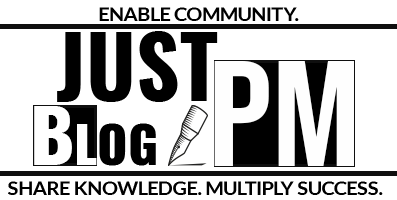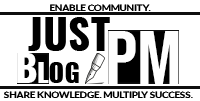Several mathematical approaches to forecasting the Estimate at Completion (EAC) exist. These approaches are based on different assumptions about the project’s future performance. Here are some common methods:
- EAC based on current performance:
- Formula: EAC=BAC/CPI
- This assumes the project’s future performance will continue at the current Cost Performance Index (CPI).
- EAC considering both cost and schedule performance:
- Formula: EAC=BAC/(CPI∗SPI)
- This method takes into account both the cost and schedule performance indices. It assumes that the future performance will average the current cost and schedule performance.
- EAC based on remaining work at the budgeted rate:
- Formula: EAC=AC+(BAC−EV)
- This assumes that the remaining work will be performed at the budgeted rate.
- EAC based on remaining work at the current CPI:
- Formula: EAC=AC+[(BAC−EV)/CPI]
- This method assumes that the remaining work will be performed at the current cost performance index.
- EAC considering original estimate:
- Formula: EAC=AC+ETC
- This is a straightforward method where the EAC is the sum of the actual costs to date and the estimated costs to complete the project.
Choosing the Right Approach
The choice of which method to use depends on the specific circumstances of the project and the assumptions that the project manager believes are most appropriate. For instance:
- If the project has been consistently over or under budget, then the EAC based on current performance might be the most appropriate.
- If both cost and schedule variances have been significant, then the EAC might be more suitable considering cost and schedule performance.
- If the initial budgeting was accurate and only recent events have caused variances, then the EAC based on remaining work at the budgeted rate might be the best choice.
Conclusion
Forecasting the EAC is crucial for effective cost control. By regularly updating the EAC, project managers can identify potential budget overruns early and take corrective actions. The choice of method depends on the project’s past performance and the project manager’s judgment about future performance. Regularly comparing the forecasted EAC with the actual costs can also provide insights into the accuracy of the forecasting methods and help improve future forecasts.


